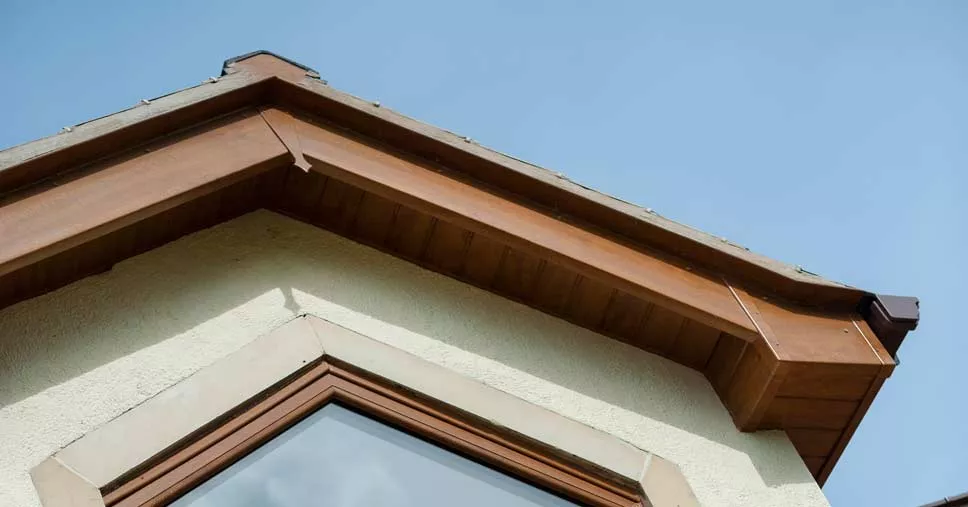See all our products in one stylish setting at our Aberdeen showroom, where you can pick the brains of our sales consultants and chat over your options in a relaxed fashion.
How to know when your roof needs repaired
When was the last time you thought about your home’s roof? Have a think. If you are anything like most of the public, chances are it wasn’t recently and that’s not entirely surprising.

As homeowners, the roofline tends to fall under the “out of sight, out of mind” category and as long as water isn’t streaming down the walls it’s all gravy. However, the roofline along with the outer walls are probably the most important part of your home and unless you stay in a tropical country, a stable roof is likely the only thing separating you and your family from the harsh outside elements. At Bon Accord Glass we think you should be taking more notice of what condition your roof is in and knowing what to look out for could save you a massive headache further down the road. But do you know what to look out for? Can you tell your fascia from your soffit’s? In this blog, we take you through the roofline basics and what you should be looking out for as signs of trouble.
A – Fascia:
The fascia is the main straight board that runs along the front of the building connecting the wall with the roof and which supports all the guttering on the outside. The fascia is a vitally important aspect of the roofline given it supports the guttering and in a heavy downpour is the part of the roofline that takes the brunt of the punishment.
B – Soffit:
The soffit board is located directly under the fascia and runs at a 90-degree angle to it, securing the underside of the roofline. A good, modern soffit will be well ventilated in order to minimise decay and the effects of damp on the building.
C – Guttering:
Guttering is arguably the most visible of all the roofline components and is the one most people associate with their roof. Without guttering, water, debris and anything else loose on your roof would fall straight off, creating potential hazards for people below and a whole lot of mess to be cleaned up. Guttering stops all of this and allows for the orderly disposal of the various materials that collect on your roof.
D – Downpipe:
Downpipes are critical to ensuring your foundations remain in strong condition by directing rainwater to drains and whilst not the most pleasing of things to look at they certainly secure your home against dreaded water damage.
Trouble Signs To Watch out for:
Peeling paint: More than a cosmetic issue, peeling paint either on the fascia or any of the other boards connecting the roof to the outer walls is usually a sign that the boards are rotten and likely a water risk to the property.
To get around the need for constant re-painting, uPVC presents a clean and maintenance free solution to the issue.
Debris Build-Up in Downpipe and Guttering: Much like your internal drains, guttering and downpipe rely on a clear flow to do the job effectively and just like their internal cousins a build-up of debris and material can result in problems if it coincides with a big downpour of rain. The problems arise when the water that is designed to be drained away safely spills onto the home and foundations creating damp and ingress. Damp patches on the outside of the building should always raise alarms.
Signs of Water Ingress: Signs of water ingress are never good but when they occur on a fascia or soffit it is a problem that cannot go unchecked as it may be a sign of, or lead to additional issues with your property. If you do see signs of water ingress it’s time to call in professional help to get the issues inspected and resolved.
Bon Accord Glass specialise in roofline and flat roof repairs and replacements with all our products backed by our comprehensive guarantees. If you require professional advice with any roofline queries then please get in touch with us today.
Want to speak with an Advisor? Give us a call on 01224 588944
Our friendly team will be pleased to help with any questions you may have.